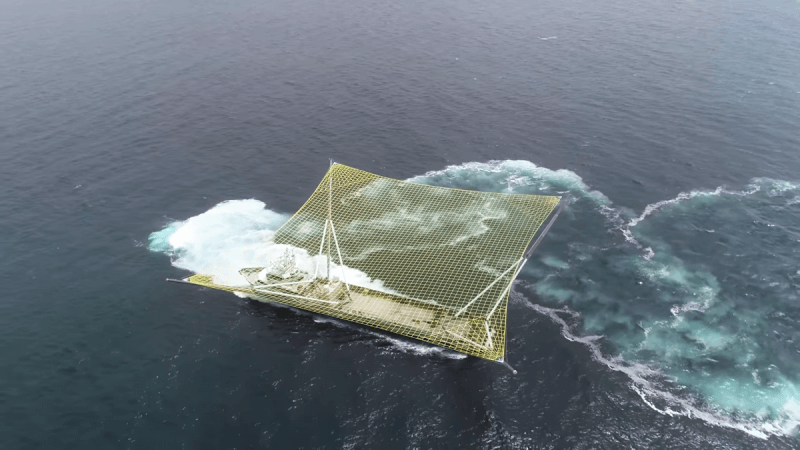
SpaceX's Mr. Steven is a boat with a net that has been designed to catch falling rocket parts, specifically the fairing or the protective shell of the payload compartment as it falls back into the Earth.
Mr. Steven has now got a major upgrade. So far, the boat has failed to catch any rocket parts. The Elon Musk-run space company has made changes to the boat and has even run a few tests to see if the catcher works in the coming days.
One of SpaceX's main claims to fame is the low cost of placing objects in orbit and delivering packages to the International Space Station (ISS). The company is able to do this only because they reuse major engine and booster components. The engine block and first stage rocket are often landed, refurbished and reused. Now in the Block 5 stage of the Falcon 9 evolution, its final form, SpaceX claims it can be used up to 100 times before retiring it.
Musk now wants to reuse more parts of the rockets and one such part that mostly goes to waste is the fairing, which usually burns during reentry. A pair of fairings, according to Musk is, "a pallet of cash worth $6 million dollars falling through the sky," and if the company is able to recover it without any damage, they can reuse it.
Until now, Mr Steven has not been able to capture even one fairing, so the company has made some major upgrades to the boat. And, considering that the fairing is coming in at over eight times the speed of sound, it makes sense to have a bigger net.
Sporting a much larger pair of claws and a massive net stretched out over them, the boat looks a lot more imposing now. It is not easy to actually visualise just how big SpaceX rockets are, so think of the fairing as a massive capsule that can easily swallow a full-sized city bus. The net needs to be large enough to catch such a giant object.
Mr. Steven—now with more net. SpaceX’s fairing recovery vessel has been fitted with a 4x larger net ahead of its next recovery attempt targeted for later this month. https://t.co/cjXvzg1H70 pic.twitter.com/AdAwPP30OU
— SpaceX (@SpaceX) July 13, 2018
According to a report by Inverse, the new net is about 4 times the size of the previous one and is nearly an acre in size. The ship is classified as a "fast supply vessel", one that is rated to carry about 400 tonnes of cargo at speeds that exceed 43 kmh. Weighing over 90 tonnes, Mr Steven is about 200 feet long.
SpaceX conducted a high-speed cornering and other like tests on the boat for the first time earlier this week.
It is not only the boat that has gotten better, notes the report. The fairings have also received upgrades so that Mr Steven's job is just a little bit easier. They now have onboard thrusters and guidance systems that can better direct the falling fairing toward the boat to make a clean landing. Thrusters will fire off just before the parafoil deploys which will then make the final descent to the net.
The upgraded Mr Steven is likely to make an appearance at the Falcon 9 launch on July 25 from Vandenberg Air Force Base in California. This will be first Falcon 9 block 5 launch and landing out of California.

















